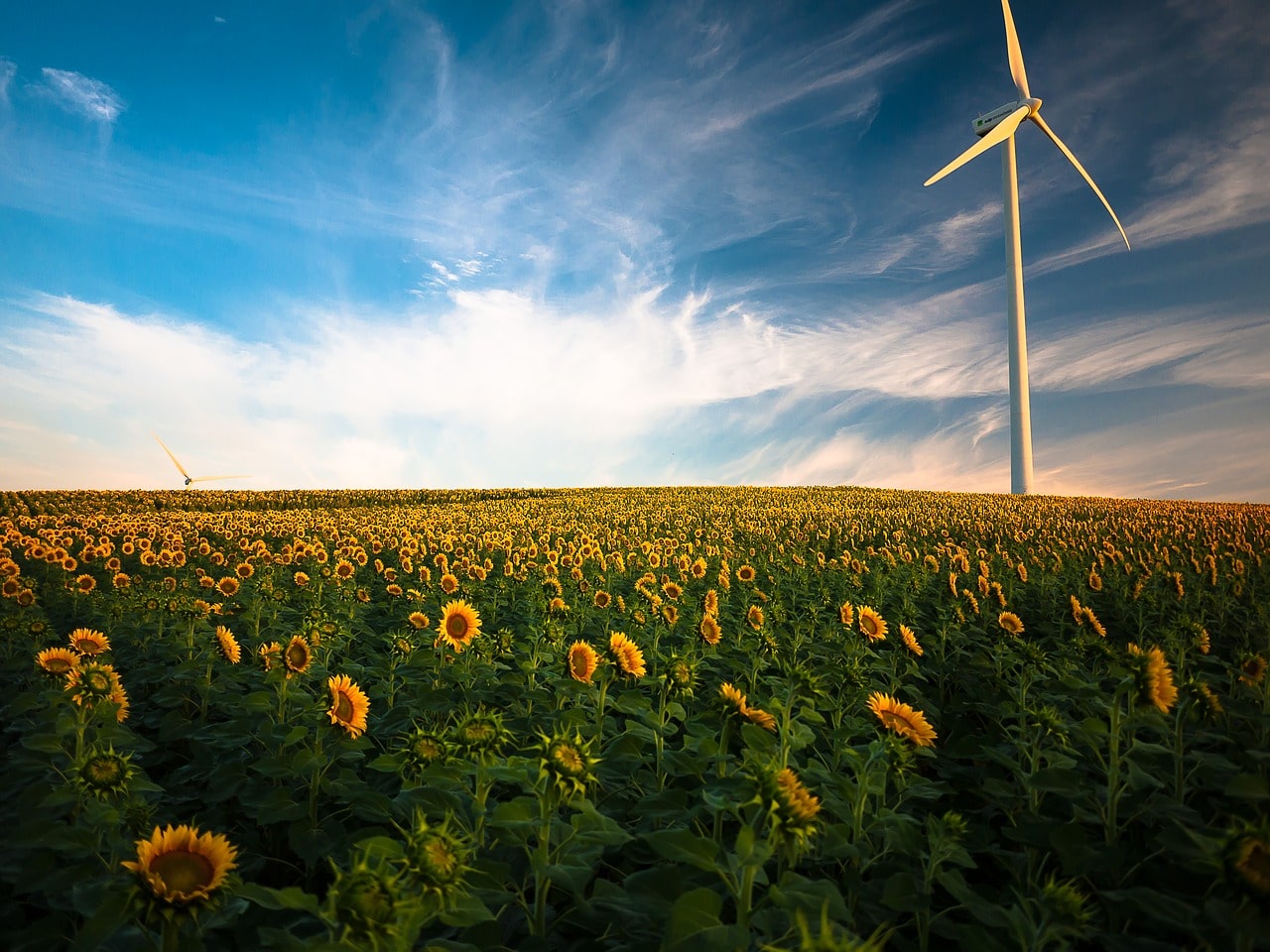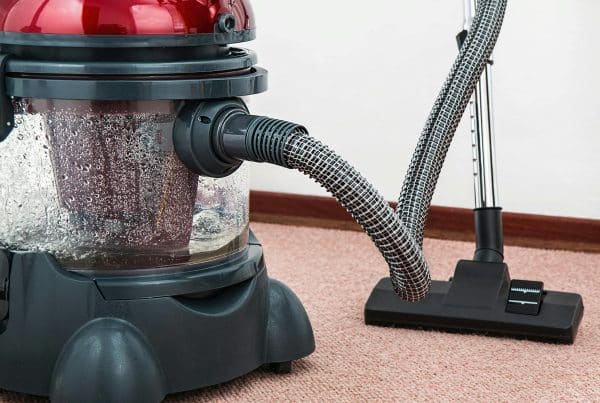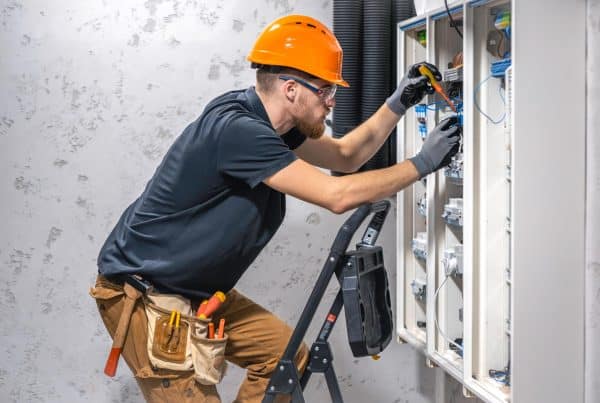Renewable energy is the future if we want to curb climate change and reduce our carbon footprint. The good news is that there are plenty of alternatives to heating and electricity based on fossil fuels, however, things will differ depending on location and governmental policies.
Therefore, if you’re thinking about building or buying a house that runs on renewable energy, here are some of the most common options depending on your location.
1. Solar Energy
Solar is the most common and widely used type of green energy all over the world. However, since we used solar panels to harness it, its efficiency varies depending on how the sun’s rays reach the soil.
For instance, areas that are always sunny, such as Australia, the US, most countries in Africa, and the Arabian Peninsula have lots of potential when it comes to using solar energy. However, right now, this potential is only exploited in the US and Australia.
Even more, people living in sunny areas may benefit from governmental incentives to use solar energy and feed it into the national grid (as happens in Victoria, Australia).
However, even if you live in the right area, you still have to make the initial investment, which can be quite hefty. After all, a household’s needs vary from season to season and may change in the future. So you need to find a reliable company that will work with you to find the right solar solution.
2. Changing Providers
If you don’t want to deal with solar panels on the roof or your backyard plus yearly maintenance, you may have the option to look for a provider that uses green energy (for both heating and electricity or at least one).
However, in order to do this, you need to live in an area of the world where the energy market is not regulated by the government, like southeast Queensland, Australia. People who have houses in this area can compare providers using iSelect and choose the one(s) that have a more interesting offer.
US citizens can also choose their providers based on their home state and area. Plus, both Australia and the US have invested in renewable energy sources over the years, so homeowners do have real options.
3. Wind Energy
The first thing most people see in their minds when speaking about wind energy is huge fields of wind turbines. These are wind farms and are often installed in large windy fields to harness the power of the wind and transfer the energy into some type of grid.
However, if you live in a windy area and there are now wind farms in sight, you can install a smaller turbine that only produces energy for your household. However, it’s best to check with the local authorities first since wind turbines (of any size) are not always welcome in residential areas.
Overall, wind power is more reliable than solar in areas where winds reach at least 10 mph and are consistent in speed. Of course, if there are stronger winds, you’ll have more energy production. Overall, in order to use this energy source, it’s important to understand how it works and know the weather conditions in your area.
4. Air Source Heat Pumps
This is a type of pump, powered by the outside air energy, that can provide a household with heat and hot water. In short, this system uses a technology that’s similar to refrigerators, but in reverse.
Warma UK are a registered grant provider and can help you obtain air source heat pump grants for your home. Contact them today and find out how they can assist in getting you a range of renewable energy grants.
What’s even more interesting is that you don’t need special outdoor conditions for these pumps to work (like happens with solar and wind energy) and are more sustainable than the heat produced with the help of fossil fuels.
Wrap Up
Nowadays, homeowners everywhere have a lot more options for renewable energy sources than ever before. These sources are reliable, environmentally friendly, and help people save most of their energy bills budget, which is a wonderful feature!








